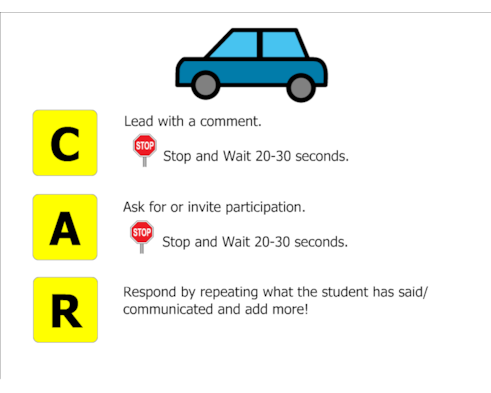Palmquist and Prenevost pose a very important question. The first question that any educator should ask "What needs do my students have in literacy?". Identifying a students needs is step one in setting them up for success. Each student has different levels of need and support, how they access these supports is up to us. Matching the students needs to the correct accommodations and/or modifications, and right assistive technology is crucial. I believe this is the most important thing. Without being identified and assessed properly, students get given technology that is not beneficial to them.
The five pillars of reading (phonemic awareness, phonics, fluency, vocabulary and comprehension) are discussed right away. They point out the importance of these reading skills, and they all of them need to be considered when developing a students literacy skills. It often happens that phonemic awareness and phonics become a big focus for those struggling students, and sometimes the rest can be easily pushed to the side. But all pillars need to be addressed in order for a student to succeed.

Effective strategies and tools:
- Visualizing and Verbalizing
- This strategy is an excellent entry point to use with all students, but especially those who are struggling. Creating the image-language relation is important for oral and written language comprehension. There is lots of room for progress in this strategy.
- Thinking Reading
- Shared reading is a great way to interact with students and literature. Using the CAR tool to further engage them in the text is a great strategy that most of us use without realizing we are doing it.

- Vocabulary
- Increasing a students work knowledge, is only going to help them gain understanding and comprehension as they progress through their school years. Word mapping is one way to help increase vocab at any level of learning.
- Comprehension and Retelling
- Developing this skill is important part of a students success. All other skills (Visualizing and Verbalizing, Thinking Reading and Vocabulary) are then at work and have been learned if a student can comprehend and retell you information.
Comments
Post a Comment